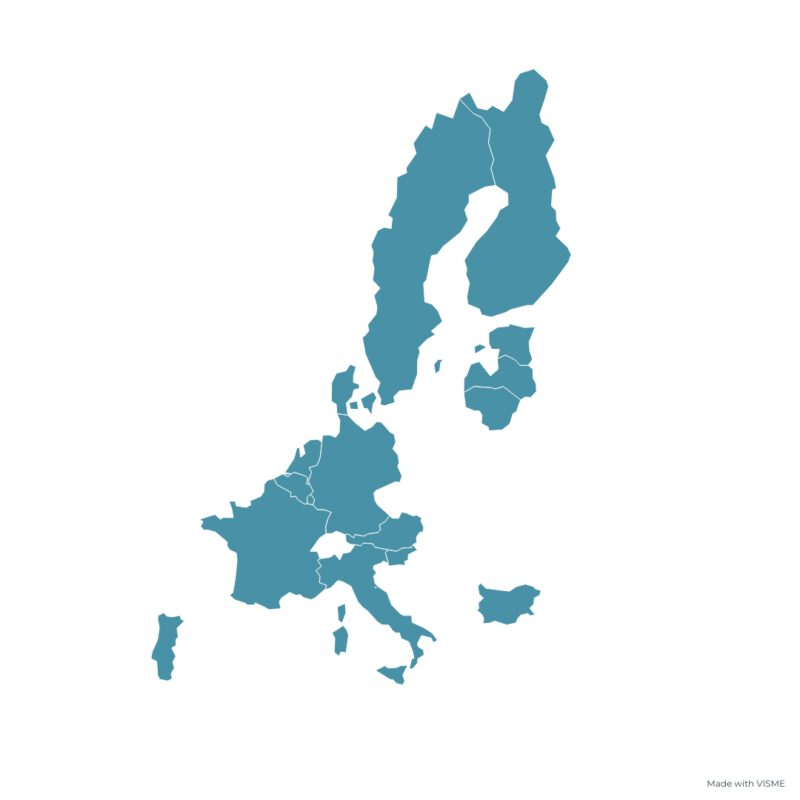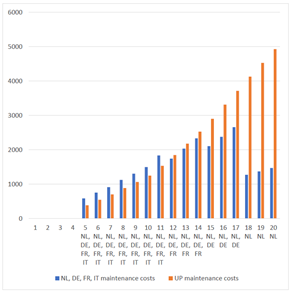Visit us
‘s-Gravelandseweg 7-1
1211 BN Hilversum
The Netherlands
Call us
+31 35 303 16 16
Mail us
backoffice@dogiopatents.nl
‘s-Gravelandseweg 7-1
1211 BN Hilversum
The Netherlands
+31 35 303 16 16
backoffice@dogiopatents.nl
We have been waiting for it for more than a decade, but as of 1 June 2023 it has become reality: the European “Unitary Patent”. What does this mean for you as an applicant of European patents?
Currently, if one submits a European patent application, this leads to an approved specification of the patent via a central examination procedure at the European Patent Office. Immediately after its publication, the patent can be registered as a national patent in any of the countries that are party to the European Patent Convention. In many countries, a translation of the text has to be prepared and filed, and an annual fee has to be paid in each of those countries to maintain the patents.
An attractive new alternative…

As of 1 June 2023 it is possible to register a European patent as a “Unitary Patent” immediately after grant. This is one single patent that is simultaneously valid in 17 participating countries (see map). This seems attractive, because you have to pay less registration and translation costs to validate the patent in all those countries. Also, the amount that has to be paid annually for the maintenance of a unitary patent is much lower than the total annual amount to maintain the patent in the 17 countries separately.
… or not?
Patent holders have already indicated that they will certainly not always opt for a unitary patent. This is partly due to the fact that in current practice a patent is almost never registered in all the 17 participating countries. The average European patent is registered in only about three to four of the participating countries.
The amount of the maintenance fees can then be an important consideration for making a different choice. In the following graph, as an example, the annual costs (in €) for the maintenance of a Unitary Patent are compared with the costs for the maintenance of the patent from the fifth year, in a limited – and over time decreasing – number of participating countries (in this example Germany, France, Italy and The Netherlands).
As you can see in this – realistic – example, from the fifteenth year onwards the costs for the Unitary Patent (“UP maintenance costs”) are much higher than for national patents in the limited number of countries (“NL, DE, FR, IT maintenance costs”). It is conceivable that, as a patent holder with a limited budget, you have to decide to drop the unitary patent at some point because of the high costs, while with registrations in individual countries you can strategically choose to maintain the patent in the markets that are most important to you, at a lower cost.

Think ahead before you decide
The choice for registration as a Unitary Patent is irreversible, because afterwards you cannot register the patent separately anymore in the individual member states. Before you opt for the Unitary Patent it is therefore important to think ahead and make the assessment for your situation. And it’s a good idea to discuss this with your patent attorney.